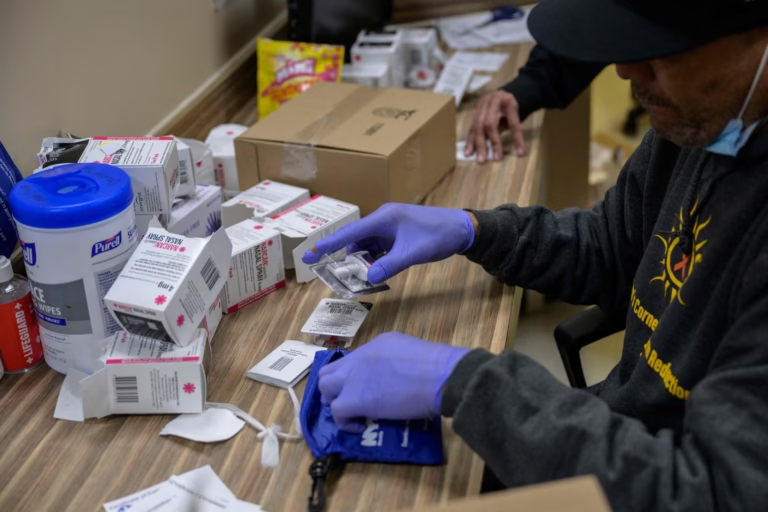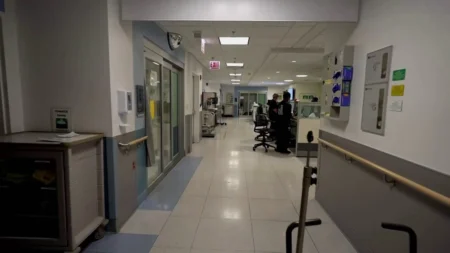Health officials across the U.S. are raising concerns about possible cuts to a major overdose prevention program. The Centers for Disease Control and Prevention (CDC) may face up to $140 million in funding reductions. The affected program, known as Overdose Data to Action (OD2A), supports the fight against the opioid crisis. It funds tracking, treatment access, and emergency response efforts.
OD2A began in 2019 and expanded under the current administration. It provides grants to 90 state and local health departments. With overdose deaths falling in 2023 for the first time in years, experts fear these cuts could reverse that progress.
The OD2A program helps collect vital information about opioid use, overdose trends, and dangerous drug changes. This data guides public health actions like distributing naloxone, the overdose reversal drug.
Dr. Andrew Kolodny, an expert on opioid policy, says poor data collection is a key reason the crisis lasted so long. He warns that losing this funding could damage efforts to understand and stop overdose deaths.
Kolodny noted that even now, experts can’t agree on why overdose deaths are dropping. That’s because the U.S. lacks reliable, up-to-date information. Without it, public health workers are left guessing.
The Chicago Department of Public Health receives $3.4 million annually from OD2A. Dr. Jenny Hua, interim deputy commissioner, says her team is preparing for reduced funding in September.
She explained that they’re receiving payments month-by-month now. This makes planning difficult. In the past, departments received their full grant at once. Now, they face delays and uncertainty.
Hua said it’s hard to decide where to spend their resources. Their team had plans to expand access to treatment housing and offer same-day help via telehealth. These goals may now be in jeopardy.
A federal health spokesperson confirmed that initial awards might contain less than a full year’s funding. The CDC said this new method affects multiple grant programs, not just OD2A.
Health departments use OD2A funds to track more than just overdose numbers. They monitor which substances are in the street drug supply. This helps them react quickly when dangerous drugs appear.
In 2023, Chicago noticed a spike in overdoses on the city’s west side. With OD2A support, they traced the cause to a veterinary tranquilizer found in street drugs. They launched a response plan, including public alerts, naloxone handouts, and drug testing kits. As a result, emergency overdose calls fell by 23% that summer.
Los Angeles also saw success with OD2A. Officials reported a 22% drop in overdose deaths in 2024, the biggest in the county’s history. They credited community drug testing and other CDC-supported steps.
Maryland health officials warned that the cuts could force them to lay off 28 staff members. That would severely limit their ability to track fatal and non-fatal overdoses. They called this type of data the “bare minimum” of surveillance.
Kolodny criticized the potential cuts as a setback. He said it’s puzzling that areas hit hardest by the crisis—where support for the former president is high—might now lose crucial help.
He added that preventing overdoses saves both lives and money. The cost of the opioid crisis in the U.S. is estimated at over $1 trillion each year. Cutting surveillance funding, he said, is not just unwise—it’s dangerous.
Until officials understand why overdose deaths are rising or falling, they can’t stop them effectively. Without solid data, Kolodny warned, “we’re shooting in the dark.”







